- Home
- Harry Harrison
Harry Harrison! Harry Harrison! Page 6
Harry Harrison! Harry Harrison! Read online
Page 6
With very few exceptions the black prisoners were from the North. The South was a new and hated part of the USA for them. They loathed segregation, and most had mouthed off at a white officer. They were garrison prisoners—terms of up to a year in jail could be given as company punishment—and this didn’t warrant a court-martial. So all that the prisoners wanted was to serve their time, get out with a clean army discharge—and all of the benefits that went with that.
So I spent these happy days riding shotgun on a garbage truck, guarding the prisoners while they picked up and dumped the refuse. After we had dumped the boxes and crates from behind the kitchens, we headed for the officer’s club. They were a drunken bunch and the bottles piled high. In the rush the barmen always left a bit behind in the bottle. Now each bottle was carefully drained into a clean bottle, using a funnel. No attempt was made to differentiate. Bourbon, Scotch, rye—drop by drop they went into the bottle until, by the end of the day, we had an almost full bottle of loathsome liquid. Hidden by the mountains of rubbish we drank our spoils.
We had a first sergeant in our ranks who had told his CO—commanding officer—to go fuck himself. He got a year in the stockade for this needed advice. Now he produced a filthy, small glass with scratched markings on it. He held up the bottle to the light, squinted, muttered a bit—then poured out the first portion. Since I had the gun I drank first. Choked, coughed, and gasped, to the amusement of the troops. Then we set up bottle targets and took turns trying to hit them with the shotgun—the prisoners seemed to have stolen an endless amount of cartridges. As further punishment I had to accompany them to meals and eat at the black mess hall. This turned out to be paradise!
You must realize that it was an unbreakable military rule that any qualified cooks who were drafted into the army instantly became riflemen. Ridge-running morons from the Deep South were trained as cooks. But, since the white officers assumed all blacks were equal and without skills, mistakes were often made. This mistake was really a doozy. The head cook in the black mess hall had been salad chef at the Waldorf Astoria in New York.
How we ate! There was never anything wrong with the basic food ingredients sent to the army. It was just the incompetent cooks who loused everything up. Since I was the guard I made one of my charges hold my shotgun while I ate first. It was true bliss.
This state of affairs went on until my number came up, literally. Every GI had to have a certain number of points, determined by some arcane military formula, before he could be discharged. As I remember you got one point for every month in the army, two points a month if you were serving overseas. A medal or a Purple Heart earned extra points—not a bad way of getting the boys back home, while favoring the combat veteran. At a point a month and no extras I had to wait while a lot of other guys said good-bye to the military.
My life at the time was quite boring in content and can be summed up quite easily. It was the same as every other draftee of my generation. We grew up, starting as teenagers and ending as army adults perfectly adjusted to the military life. We learned to curse constantly, to chase girls when we got a pass to town—and to avoid work whenever possible. I could now fieldstrip a .50 caliber in the dark, could drive a truck—double-shifting the clutch, now a lost art—had heard untold live rounds fired on the ground gunnery range, where I ended up—and have been deaf ever since.
In 1946, I received my discharge and returned to the civilian life as an adult totally adjusted to military life—and totally unprepared for my future as a civilian.
I was not alone in being disoriented. Whatever kind of growing up or maturing we teenage draftees had done had been on strictly military terms. We were proficient at dodging work details and we had also been well trained in cursing profanely, drinking heavily, and lusting vigorously after the opposite sex. I quickly discovered that the civilian world did not need oversexed gunnery instructors; nor were any of my other military skills exactly in great demand.
It must be remembered that in the ’30s and ’40s, high school students led pretty sheltered lives. While we were in school we were treated as children—not as adults. As children we were drafted into the military. A lot of us did not survive the treatment, as we have seen. The vast majority of us who survived this initial bout of sadism went on, in our various ways, to win the war. Although we all hated the military, we were completely adjusted to military life. We were all zealously happy to finally leave its stern embrace—not realizing that we would be facing a future as adults in a society that we knew nothing about.
Honorary discharge in hand, Sergeant Harrison went home, to a cloying maternal embrace. Much as I loved my mother I could not accept her belief that I was still six years old. For all of her intelligence and wit she was still a Jewish mother. (Freudians will love this.) In her eyes, I never grew up and would always need her love and loving control. The fact that my father never did lose his love of freedom and fleetness of foot, and would disappear for months at a time, would only increase her acceptance of my need for supervision in all ways. This was a silent war with no winners. (Goyish readers can find a detailed delineation of this relationship in Roth’s Portnoy’s Complaint.) Simply—there are no winners. Accept and spend your life being run by motherly love. Reject it and spend a life of guilt. Or not; I rejected it and moved out of the family apartment into a cold-water fifth-floor one of my own. Warmth, food, comforts all left behind for happy solitude and large and aggressive roaches.
Why leave home? The uninformed goy may ask. It’s not the apocryphal Jewish Mother of the jokes: Mother gives two neckties for Christmas (read Hanukkah), he wears one; she asks what’s wrong with the other one. I’m not talking instant guilt—I’m talking year-long, decade-long guilt. For example, no one had any money, but when I had a furlough, two weeks to go home and visit, I was pleasantly surprised when my mother sent train fare. Then, long after the war, the fateful words, “I didn’t want to tell you, but…” The money was earned by her painful, awful, arthritic hands working for the post office during the holidays. “I sometimes would cry with pain, but for my sonileh…” (Small son—Yiddish diminutive.) Write the copy yourself. Guilt is the gift that goes on giving. I moved out.
One way or another, I suppose all the ex-GIs managed to survive the change. Having done their best to kill us, the government relented and now eased the way for us to live. The first, and best, contribution to our benefit was the readjustment allowance. Ex-GIs could draw twenty dollars a week for a year. We called it the 52-20 club and drank most of it away. I muttered and complained about life—and tried not to remain sober.
This went on for almost six months before I had enough. I had better shape up and do something constructive: the answer was not at the bottom of a bottle. I went to work and found a job in a factory, stamping out pliers on a hydraulic press. I lasted three days and quit before my brain petrified. The idea of going back to school suddenly became more attractive. The GI Bill was waiting out there, willing to pay for my education and give me a small amount of pocket money to boot. I was not sure what I wanted to do, what I would become. I always liked to draw—but enjoyed writing as well. A decision had to be made. I would just have to go back to school and try to sort myself out somewhere along the way.
4
For almost all my life I had had two equal ambitions. I wanted to be an artist—then again I wanted to be a writer just as strongly. Both had equal appeal. In the end I decided to be an artist.
Was this a wrong decision? The past cannot be altered so the question really has no answer. Am I happy at having had an artistic career? Yes and no. Yes, I did enjoy myself, and there is a great pleasure in executing a competent work of art. And yes, an artistic career surely added a visual context to my writing. But there is also a niggling no answer in that, for a long time, I felt that I had lost all those years drawing when I should have been writing. But the clock of time cannot be turned back.
The year was 1946 and the Second World War was over. A generous government passed a law
that enabled veterans to go back to school. All tuition paid by the government, books and supplies provided for too, and a living allowance paid out as well. Something like thirty-seven dollars a month that permitted you to starve in style. (I remember one art student who did manage to stay alive on it. He ate only cheap day-old bread that had been returned to the bakery by restaurants, and peanut butter. After some months of this diet his complexion became very peanutbutteryish. Then he dropped out of school and we never did find out what happened to him.)
Endless numbers of art schools were opening up to get the government dollar. I tried taking classes at some of them and they were pretty bad. However I did take some courses at Hunter College; one of them was a painting class with John Blomshield. He was a wonderful portraitist, the last mannerist he called himself, and a fascinating man. He had been in Paris between the wars, with the other American expatriates, and was a font of fine stories. I dropped out of Hunter but continued taking private classes with John for a number of years.
Then I found Burne Hogarth, an excellent artist and teacher—and at that time still drawing the Sunday Tarzan comic strip. He was a true professional and taught the meat and bones of drawing that attracted student after student. His single classroom eventually grew into an entire school, the Cartoonists and Illustrators. But it was a joy to be there in the beginning. All the students were ex-GIs, many destined for highly successful careers.
Some of Burney’s first students were Roy Krenkel, Ross Andru, Mike Esposito, John Severin, Al Williamson, Ernest Bache, and Wallace Wood. We learned to draw, and the best of us were soon moonlighting artwork in class to eke out our government grant.
Ernie Bache was an accomplished artist even before he came to class. He and I teamed up for some time until he left school and we drifted apart. This was after I worked with Wally Wood; always Woody to his friends.
Woody was developing into a great artist, but at the time was still unproven and insecure. He could pencil but not ink. I had two things going for me: I could ink—and I was a salesman for our joint efforts. We drew up what we thought were some great samples and I took them around to the various comic book publishers. Most of them turned us away. By hindsight it is obvious that our work was still just not that good.
But we did find a home with Victor Fox.
His was really a crap publishing operation—because publishing was not his real business. He was a printer with great thundering web presses roaring away somewhere in the South. And he was a hard-nosed businessman. He knew that presses lying idle did not earn money. Therefore he opened a New York office to supply comic books. These piled up in the printing works. Then, as often happens, when other publishers did not deliver work on time, or he lost an account, he would dig out his own comics to keep the presses humming.
And boy, were his comics bad. The New York office was manned by one incompetent who was named Ganz. He had greed—but no artistic sense whatsoever. He bought the crappiest art because he paid the crappiest prices. DC was paying ninety dollars a page at this time for artists of the quality of Dan Barry. Marvel was around forty-five dollars, and other publishers a bit less.
But not Fox. The price there was twenty-five dollars a page, but even that wasn’t paid. Ganz made it painfully clear that he only assigned artwork to artists who kicked back five bucks a page.
This was real hardship, because twenty dollars was not much to get for a ten-panel page, even one that had been hacked out at great speed, with plenty of blacks to fill the empty places. The worst part was that Ganz had to be slipped the money in cash before he accepted the artwork and vouchered it. Then came the many-week wait for the check.
But it was work and Wally and I did it. The stories were long. There were thirty-two pages in a comic in those days, and two pages of text as required by federal law. Most comic books broke up the stories, five and six pages, some one-page fillers. Not Fox. There were three ten-page stories—and that was that.
They were easy enough to draw. Most of them were really cruddy romances that had been written by total incompetents. And Ganz was so lazy he barely looked at the pages. So Woody and I would do a really spectacular opening page for each story with a large and fiercely illustrated splash panel. Plus two well-drawn and elaborate following panels; good stuff.
The next nine pages were usually pretty desperate art, close-ups that filled the panel, plenty of silhouettes, balloons coming from a parked car, that sort of thing.
Every time we turned a story in, our hearts were in our mouths. Ganz would look at the first page and grunt. A porcine emission that may have meant he thought it well done—or perhaps he was enjoying the deep cleavage on the girl with adenoids. Then he would fan the illustration board pages out and count them–ten—he would push them back into a neat stack and fill out the voucher—without looking at any of the last nine pages.
I don’t believe he ever even glanced at anything other than the first page.
And, wow, didn’t we really knock out nine pages of tripe!
For one thing, the dimwitted little girls who wrote this pathetic romantic nonsense all had logorrhea. We had to cut the copy, usually in half, or there would have been no room for the art. (Once, when we were working all night and the art was due in the morning, we lettered in all the script in the last pages. There was so little room for the art that I remember one panel with only space enough for a talking eyeball.) We paid no attention to their dim artistic instructions and drew whatever we felt like. After all—no one was ever going to look at the stuff until some hapless girl dropped a dime for the finished product.
We weren’t allowed to sign the art so we used artifice instead. I remember one page where the girl opens the door for her boyfriend in the first panel. For the next eight panels they walk through room after room—an eight-room house, obviously. She is talking over her shoulder with deathless prose like, YES, JOHN, YES! I WILL ALWAYS BE YOURS! Then in the last panel they arrive in the kitchen and she takes down a package of cereal and holds it up so it fills the panel. It is labeled in large caps HARRISON WOOD.
But this was no way to make a living. Thank goodness our art was improving with time and we began to crack into better markets. One of them, small but very promising, was EC Comics.
EC was short for Educational Comics. The original publisher, old man Gaines, brought out Stories from the Bible and such titles and made a tidy living. But he snuffed it and his son, Bill—who had a reputation as a playboy—took over the firm, and he was not interested in Bible stories, no indeed.
When we started working for Bill we first did rangeland romances. Dreary kissing cowboy stuff, but we did manage to liven it up. Bill had a great reputation as a practical joker and was a connoisseur of the same. We gave him something to laugh about.
The first page of a comic story is called the splash page. About 80 percent of it is a large splash panel, with one or two panels below it. Romance stories opened with a turgid, long paragraph of prose at the top, leading into the boldly lettered title. Such as:
Although she slaved for her widowed mother, her heart was awash with romance and … [another four or five lines of this nonsense, ending in] … then her entire life, her entire being, changed when she met the man who
WOULD BE THE LOVER OF HER LIFETIME!!
This title being lettered big and bold. The art was a turgid drawing of the couple smooching.
So what Woody and I did for one story was letter in this nonsense, following the script exactly. Then we pasted some illo board over the title with rubber cement so it could be easily pulled off and discarded. The copy now read …
she met the man who
HAD NO BALLS AT ALL!!
And all around the title were baseballs, basketballs, tennis balls—you get the picture. Bill laughed like a drain, showed it around the office, then peeled off the fake title and sent the story to the engraver. Good fun.
Until one time we almost lost it.
It was a loathsome rangeland romance that we hat
ed. Since we knew nothing about the anatomy of the horse we had to root around to find artwork of horses that we could copy. This was called a swipe, because that is what we did. And we were slowly building up a swipe file that we could use.
Somewhere we found a really great drawing of a black stallion rearing up, front feet high in the air. We filled the splash panel with it, with the cowgirl in the saddle throwing a lasso to seize her smirking lover. The entire underside of the horse was black.
Then came the fun. We cut out a piece of illustration board the shape of the horse, and rubber cemented it in place. And drew on the horse a very large and very human set of testicles with erect penis. If this wasn’t bad enough, we adorned it with a spider in a spider web and many crabs. (The kind with claws; a visual pun.) It was gorgeous.
Bill was very impressed. He showed it to an admiring Al Feldstein, then left it on his desk to show to his head salesman, who was coming that afternoon.
The rest was almost history. The messenger from the engraver came when Bill was out and our story was sent off with the other art. No one at the engraver or the printers ever looks at the comic pages. It is just so much salami to be processed. Our well-hung, crab-ridden horse was well on the way to being comic history. If it hadn’t been for the schmuck of a colorist.
In the comic book publishing process the black plate is the key to all the other colors. Silverprints are made, comic-book size, and these are sent to a colorist. For two bucks a page he indicates where each color will go and in what intensity for the engravers to fill in. In order to do this he has to look at the artwork.

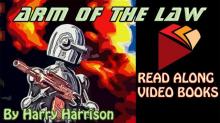 Arm of the Law
Arm of the Law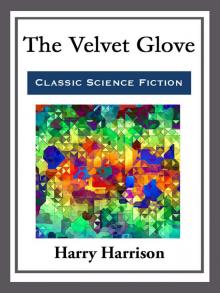 The Velvet Glove
The Velvet Glove The K-Factor
The K-Factor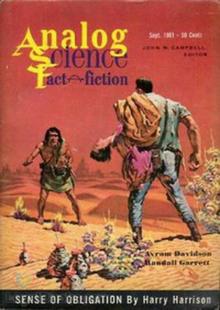 Sense of Obligation
Sense of Obligation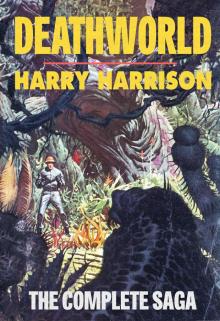 Deathworld: The Complete Saga
Deathworld: The Complete Saga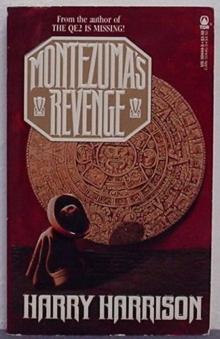 Montezuma's Revenge
Montezuma's Revenge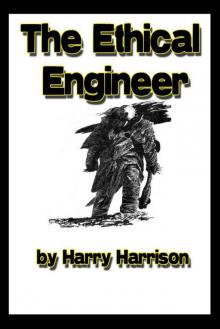 The Ethical Engineer
The Ethical Engineer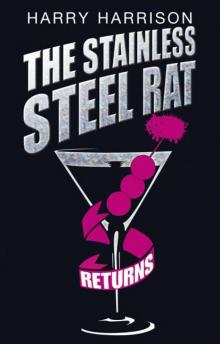 The Stainless Steel Rat Returns
The Stainless Steel Rat Returns The Misplaced Battleship
The Misplaced Battleship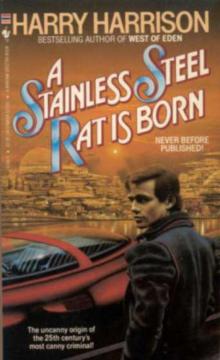 The Stainless Steel Rat is Born
The Stainless Steel Rat is Born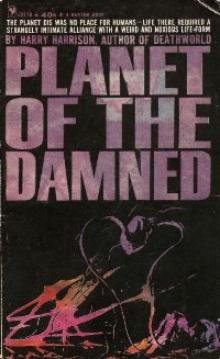 Planet of the Damned bb-1
Planet of the Damned bb-1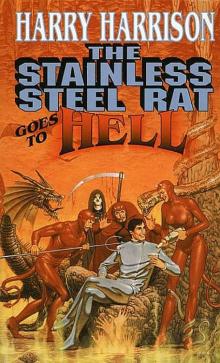 The Stainless Steel Rat Goes to Hell ssr-10
The Stainless Steel Rat Goes to Hell ssr-10 The Stainless Steel Rat Joins the Circus ssr-11
The Stainless Steel Rat Joins the Circus ssr-11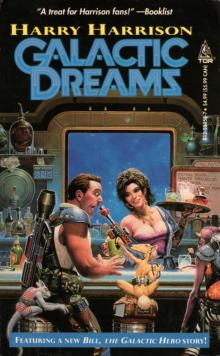 Galactic Dreams
Galactic Dreams The Harry Harrison Megapack
The Harry Harrison Megapack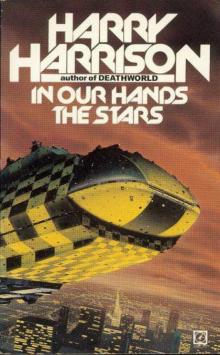 In Our Hands the Stars
In Our Hands the Stars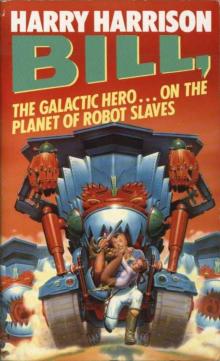 On the Planet of Robot Slaves
On the Planet of Robot Slaves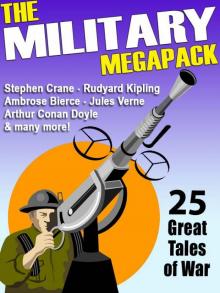 The Military Megapack
The Military Megapack Make Room! Make Room!
Make Room! Make Room!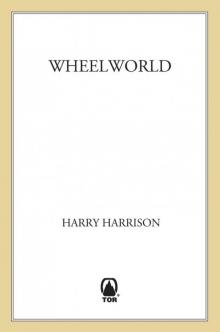 Wheelworld
Wheelworld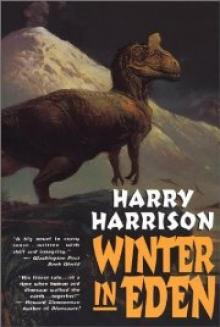 Winter in Eden e-2
Winter in Eden e-2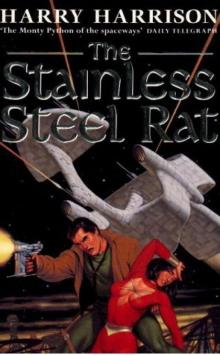 The Stainless Steel Rat
The Stainless Steel Rat The Stainless Steel Rat Goes to Hell
The Stainless Steel Rat Goes to Hell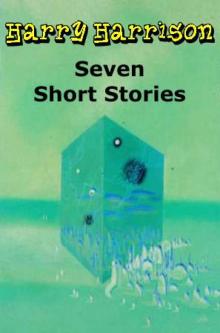 Harry Harrison Short Stoies
Harry Harrison Short Stoies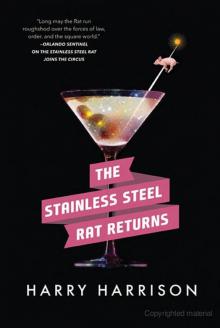 Stainless Steel Rat 11: The Stainless Steel Rat Returns
Stainless Steel Rat 11: The Stainless Steel Rat Returns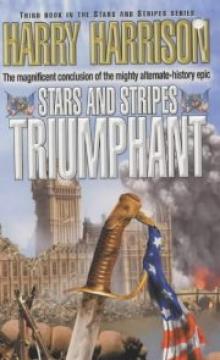 Stars and Stripes Triumphant sas-3
Stars and Stripes Triumphant sas-3 West of Eden
West of Eden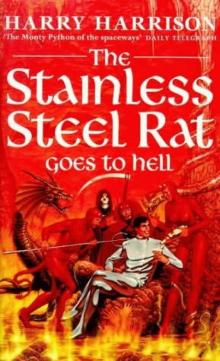 The Stainless Steel Rat Go's To Hell
The Stainless Steel Rat Go's To Hell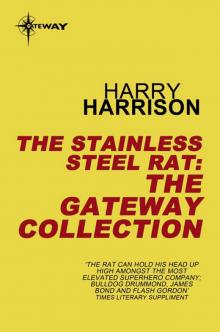 The Stainless Steel Rat eBook Collection
The Stainless Steel Rat eBook Collection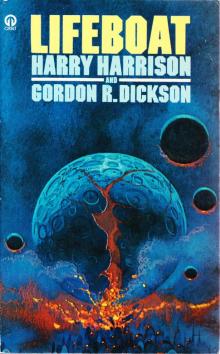 Lifeboat
Lifeboat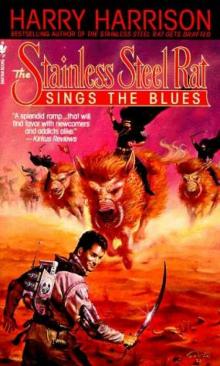 The Stainless Steel Rat Sings the Blues
The Stainless Steel Rat Sings the Blues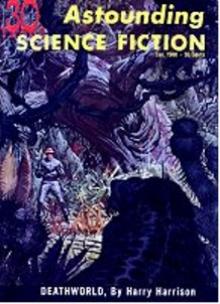 Deathworld tds-1
Deathworld tds-1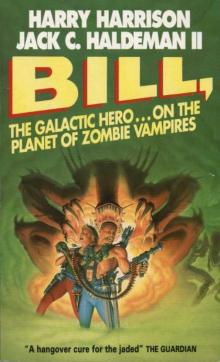 On the Planet of Zombie Vampires
On the Planet of Zombie Vampires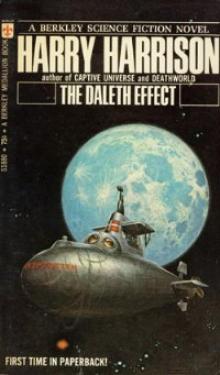 The Daleth Effect
The Daleth Effect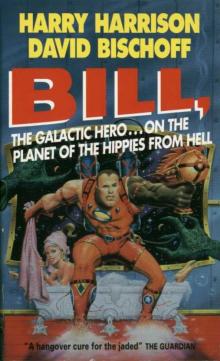 On The Planet Of The Hippies From Hell
On The Planet Of The Hippies From Hell The Turing Option
The Turing Option The Stainless Steel Rat Gets Drafted
The Stainless Steel Rat Gets Drafted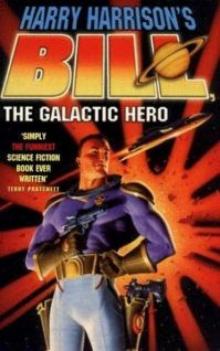 Bill, the Galactic Hero btgh-1
Bill, the Galactic Hero btgh-1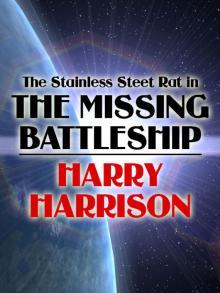 The Stainless Steel Rat in The Missing Battleship
The Stainless Steel Rat in The Missing Battleship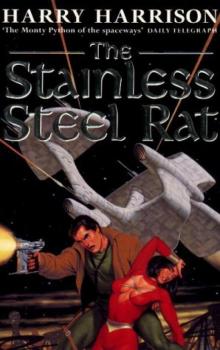 The Stainless Steel Rat ssr-1
The Stainless Steel Rat ssr-1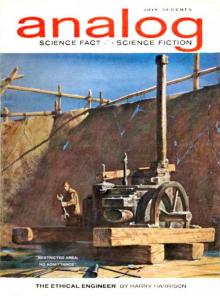 The Ethical Engineer (the deathworld series)
The Ethical Engineer (the deathworld series) The Stainless Steel Rat Saves the World ssr-3
The Stainless Steel Rat Saves the World ssr-3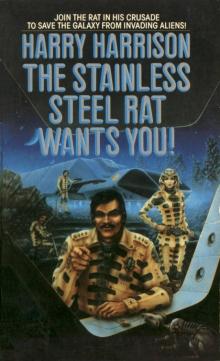 The Stainless Steel Rat Wants You
The Stainless Steel Rat Wants You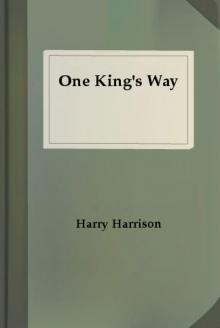 One King's Way thatc-2
One King's Way thatc-2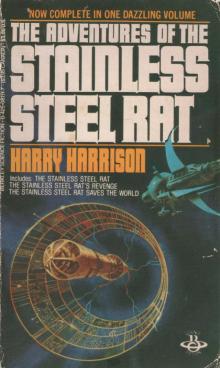 The Stainless Steel Rat Saves The World
The Stainless Steel Rat Saves The World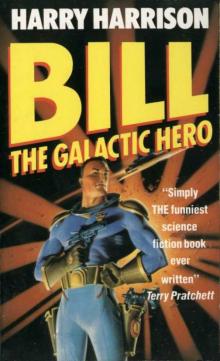 Bill, the Galactic Hero
Bill, the Galactic Hero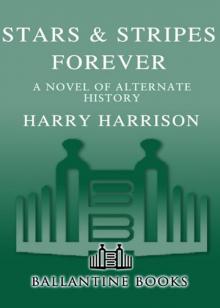 Stars & Stripes Forever
Stars & Stripes Forever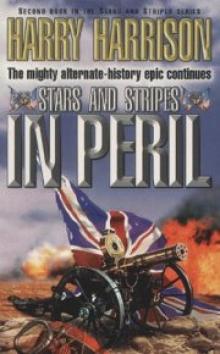 Stars and Stripes In Peril sas-2
Stars and Stripes In Peril sas-2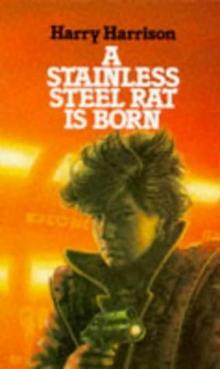 A Stainless Steel Rat Is Born ssr-6
A Stainless Steel Rat Is Born ssr-6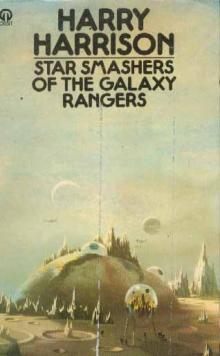 Star Smashers of the Galaxy Rangers
Star Smashers of the Galaxy Rangers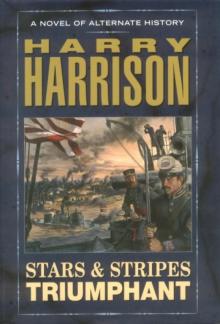 Stars & Stripes Triumphant
Stars & Stripes Triumphant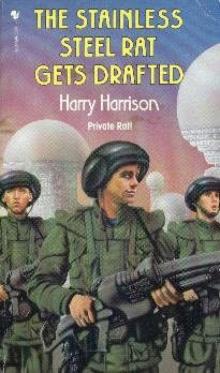 The Stainless Steel Rat Gets Drafted ssr-7
The Stainless Steel Rat Gets Drafted ssr-7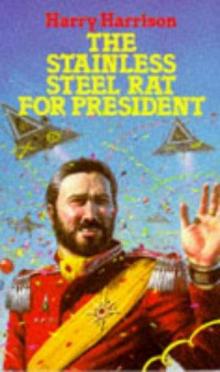 The Stainless Steel Rat for President ssr-5
The Stainless Steel Rat for President ssr-5 The Hammer & the Cross
The Hammer & the Cross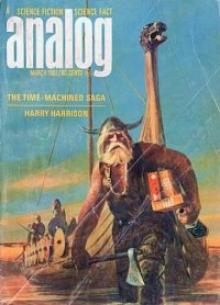 The Technicolor Time Machine
The Technicolor Time Machine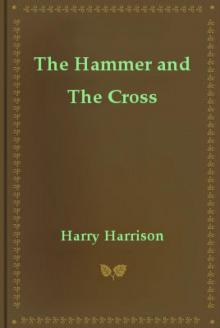 The Hammer and The Cross thatc-1
The Hammer and The Cross thatc-1 King and Emperor thatc-3
King and Emperor thatc-3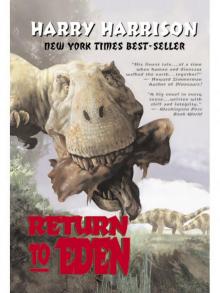 Return to Eden
Return to Eden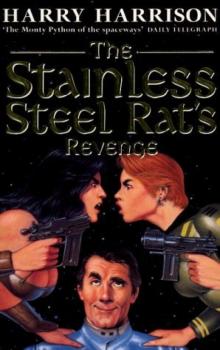 The Stainless Steel Rat’s Revenge ssr-2
The Stainless Steel Rat’s Revenge ssr-2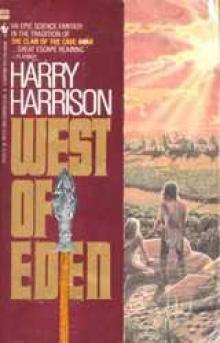 West of Eden e-1
West of Eden e-1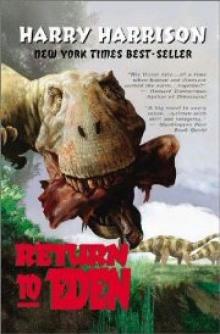 Return to Eden e-3
Return to Eden e-3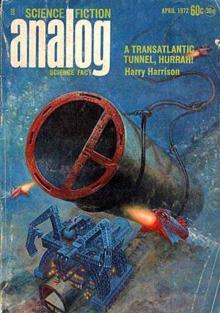 A Transatlantic Tunnel, Hurrah!
A Transatlantic Tunnel, Hurrah!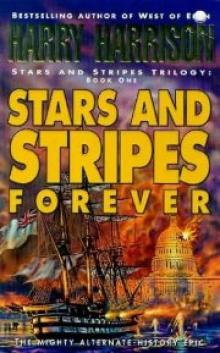 Stars and Stripes Forever sas-1
Stars and Stripes Forever sas-1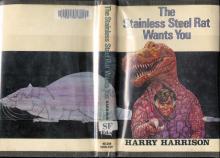 The Stainless Steel Rat Wants You ssr-4
The Stainless Steel Rat Wants You ssr-4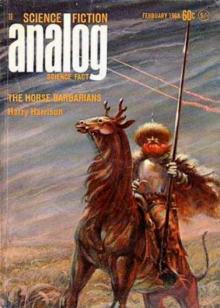 The Horse Barbarians tds-3
The Horse Barbarians tds-3 Planet of the Damned and Other Stories: A Science Fiction Anthology (Five Books in One Volume!)
Planet of the Damned and Other Stories: A Science Fiction Anthology (Five Books in One Volume!)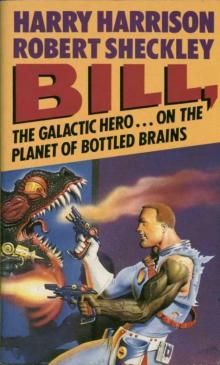 On the Planet of Bottled Brains
On the Planet of Bottled Brains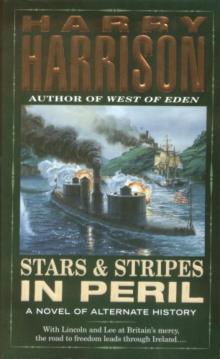 Stars And Stripes In Peril
Stars And Stripes In Peril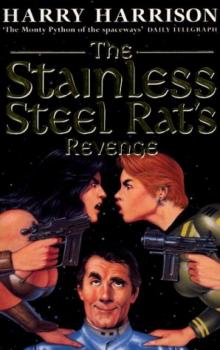 The Stainless Steel Rat's Revenge
The Stainless Steel Rat's Revenge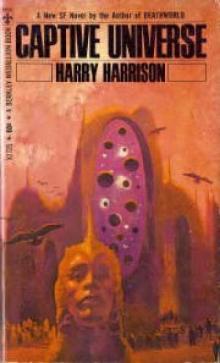 Captive Universe
Captive Universe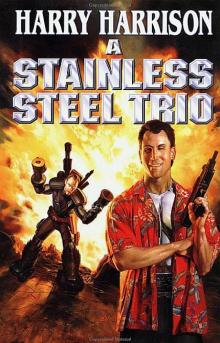 The Stainless Steell Rat Sings the Blues ssr-8
The Stainless Steell Rat Sings the Blues ssr-8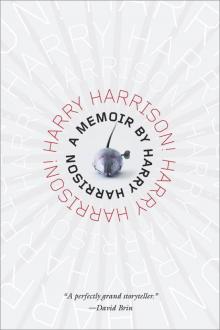 Harry Harrison! Harry Harrison!
Harry Harrison! Harry Harrison! Winter in Eden
Winter in Eden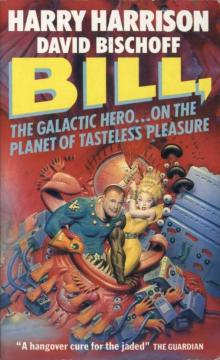 On the Planet of Tasteless Pleasures
On the Planet of Tasteless Pleasures